16. Hunter in the Dark (Hideo Gosha, 1979)
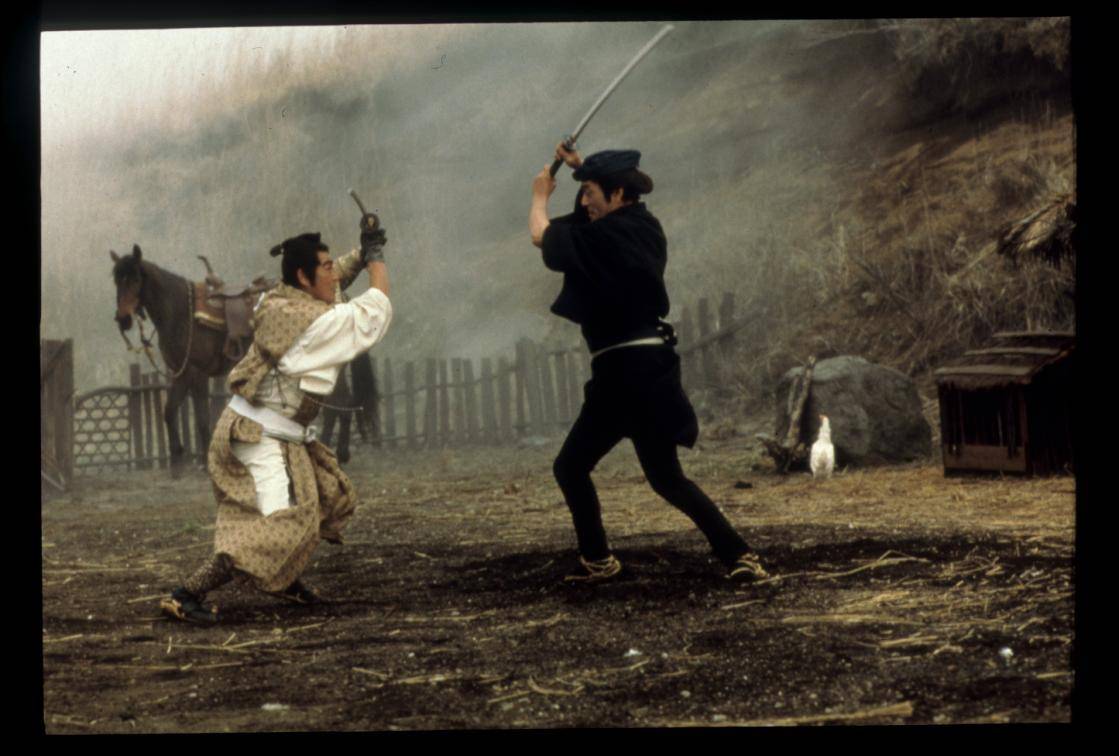
In 18th century Japan, rival underground bosses hire assassins known as “Hunters in the Dark”. Yataro Tanigawa, a one-eyed amnesiac is considered one of the best ones.
Boss Gomyo, who wants to exit the outlaw life he has been living, hires him and subsequently, under the assignment made by Shimoguni, a former high-ranking member of the Kitamae Clan, tasks him with the disposal of the remaining clan ronin, who desires to reinstate their clan. However, Tanigawa’s past soon catches on, creating problems for both him and his boss.
Hideo Gosha weaves an intricate web of plots, intrigues, politics and treacheries, and enriches it with a number of exploitation themes and notions, like the knife torture or the battle in the bath between Tanigawa and three women.
Furthermore, the film bursts with sexuality and nudity, in a highly unusual tactic for the samurai genre, and the characters include a femme fatale, a lord of the underworld, a corrupt politician, a woman who seeks revenge, and a betrayer of his clan, all of which are considered exploitation archetypes as much as the amnesiac samurai.
The film also excels in terms of cinematography, music and sound, and the battles are magnificent and utterly violent, particular the one in the Kitamae hideout and the final one in the hennery.
“Hunter in the Dark” has a magnificent cast chiefly consisting of cult favorites Yoshio Harada, Tetsuro Tanba, Sonny Chiba, Mikio Narita and the great Tatsuya Nakadai in the role of Gomyo.
Shotaro Ikenami, whose novel the film was based upon, was so infuriated by the outcome that forbade Gosha from ever again adapting a novel of his.
17. Burst City (Sogo Ishii, 1982)
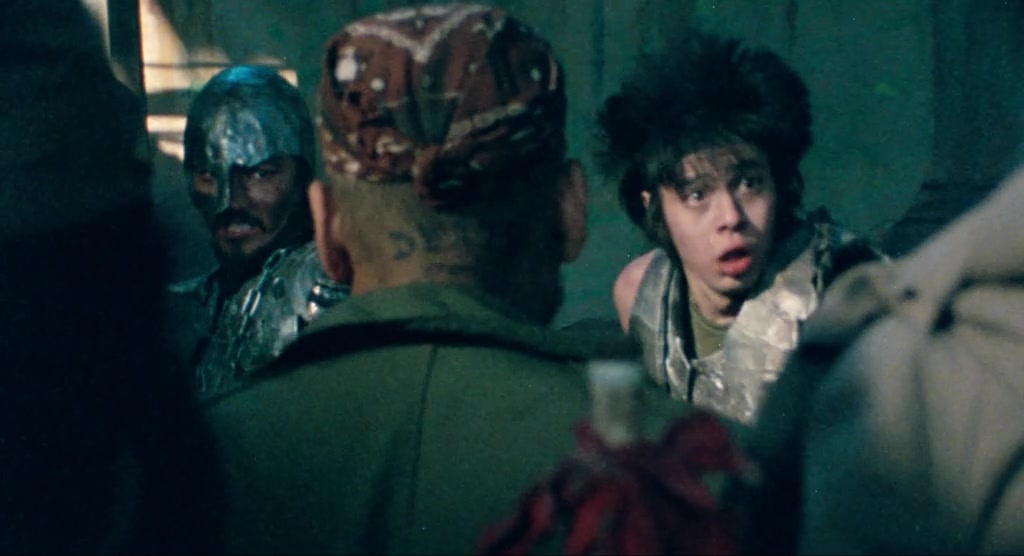
If anyone were to look for the roots of the contemporary underground cult film, he would have to search no further than this particular film, with Takashi Miike and Shinya Tsukamoto borrowing largely from its technique and aesthetics.
Not much in terms of story, “Burst City” focuses on the clashes between biker gangs, Yakuza and punk musicians in a semi-dystopian environment reminiscent of “Mad Max”.
Furthermore, the film is filled with battles, anarchism and Japanese punk culture, as established by bands like The Rockers, The Roosters and The Stalin in the 70s and 80s.
In that aspect, the film looks like a distorted punk video clip, a sentiment that occurs largely due to its rapidly cut editing, the frantic use of camera, and the distinct sound that also entails constant screams and growls.
18. Tetsuo trilogy (Shinya Tsukamoto 1989, 1992, 2009)
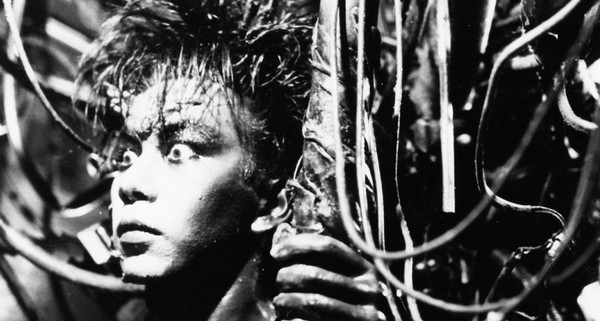
Despite becoming more mainstream in recent years, Shinya Tsukamoto always returned to “Tetsuo”, the film and character that established him as a cult director.
Through the first part, which was evidently under budget and shot with a 16mm camera in black and white, to the last one that was shot in English and included a song by Nine Inch Nails,” Tetsuo” has been exploring technophobia and the loss of humanity for the sake of technology for three decades.
Furthermore, and despite the years passing by, scenes where women are raped with metallic phalli, sex with penises in the form of electric drills resulting in murder, bizarre sex rituals involving sucking of guns, and some nonsensical as much as violent, rapid and impressive battle scenes have been established as among the most distinct in the category and are still provoking spectators all over the world to this day.
19. Violent Cop (Takeshi Kitano, 1989)
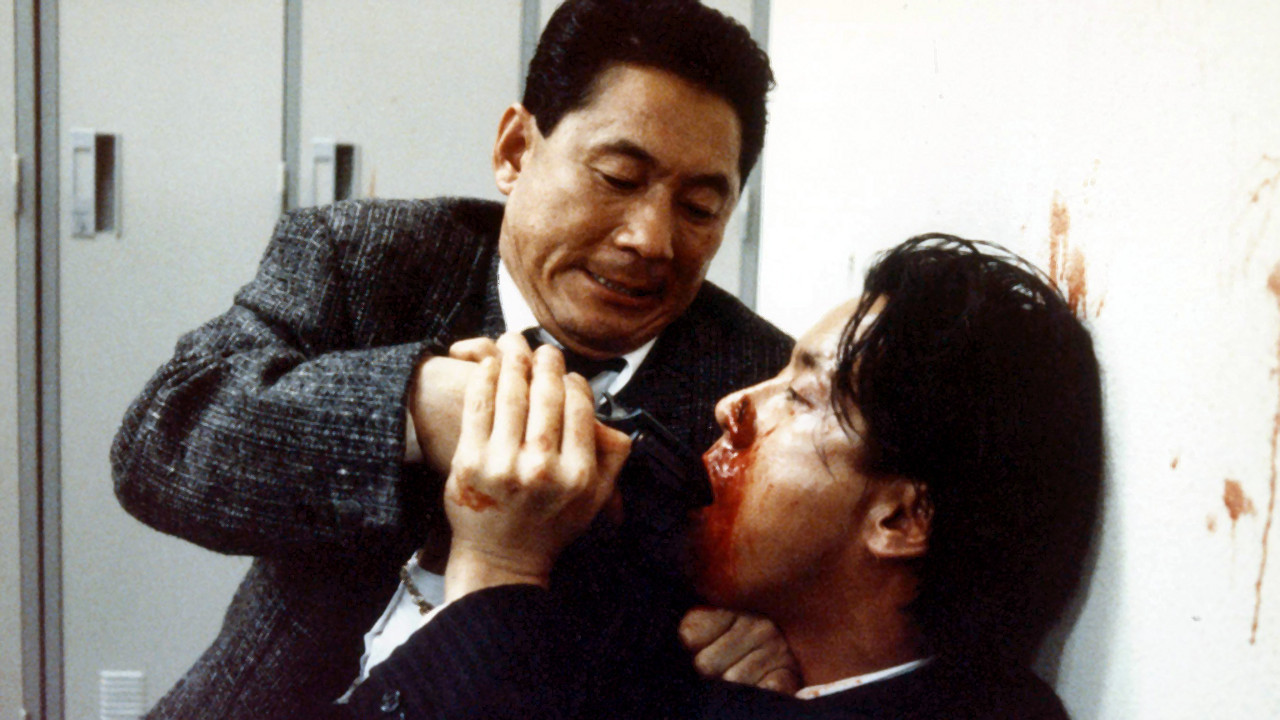
In his directorial debut, Takeshi Kitano plays Azuma, a violent cop who has to take care of his sick sister. During the murder case of a drug dealer, he finds out that a colleague of his is involved, who later on commits suicide. Awhile later, and while he is still investigating the case, Yakuza kidnaps his sister.
Kitano created a character who realizes that in order to face contemporary criminals, he has to become as cruel and violent as them, a tactic that soon results in the borders between law and unlawfulness becoming invisible.
Many aspects that later became known in Kitano’s distinctively cult filmmaking style can be found in “Violent Cop”. The Yakuza theme, the extreme violence, the concept of “one against the world”, the anti-hero lead, the scarce dialogue, the long master shots, and the restraint acting all have their roots in this particular movie.
20. Full Metal Yakuza (Takashi Miike, 1997)
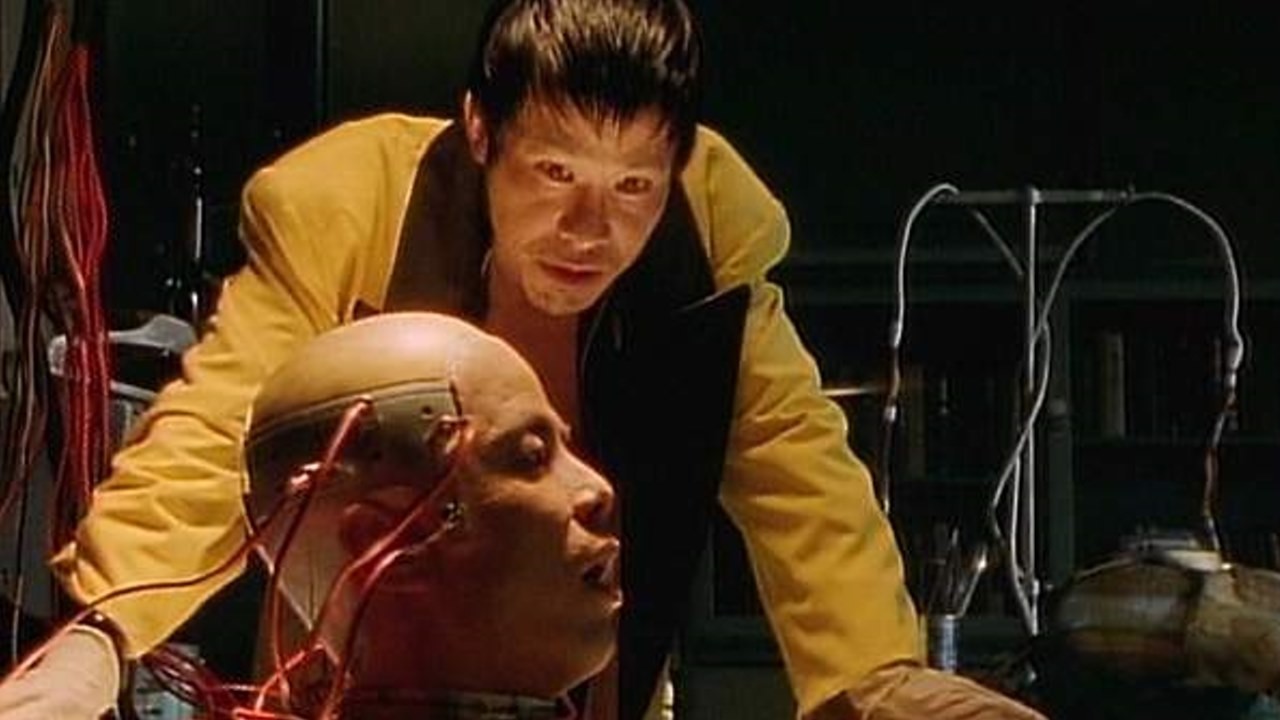
Placed somewhere between a “Robocop” parody, and a revenge and Yakuza film, and involving the same manic surrealism presented in “Tetsuo” (with whom they share the same protagonist), “Full Metal Yakuza” is a distinct specimen of Takashi Miike’s “DTV” films, all of which fall easily under the cult category.
Kensuke Hagane is a failure of a Yakuza since he is lousy at sex, constantly beaten in the streets, and even wets himself before each assignment. He idolizes Tosa, who is the epitome of Yakuza, and is currently in jail. Upon his release, and along with Kensuke, who was his escort, he is gunned down.
Their corpses end up in the lab of a mad scientist, who manages to combine Kensuke’s head with the impressive body of Tosa’s, including his huge penis, and even infuse it with a bulletproof, metallic exterior, resulting in a half man, half machine Yakuza. The creature then proceeds on exacting revenge.
One of the most nonsensical and even funny notions in the film is the way Kensuke shields himself from bullets, with a stance that looks like a geisha acting cute in front of customers. The whole film lingers somewhere between hilarious and preposterous, with the added element of much action.
As usual in his first films, the story is absurd, the depth non-existent, and the female acts just sex objects, in a low-budget production that in order for someone to appreciate it, they have to avoid the mistake of taking it seriously.
21. Battle Royale (Kinji Fukasaku, 2000)
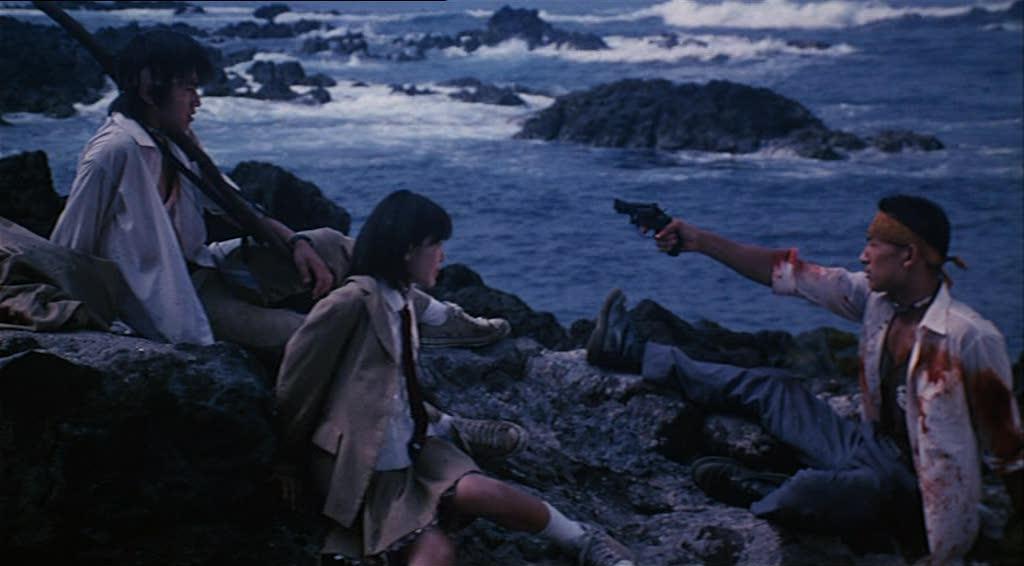
In the beginning of the new millennium, unemployment has reached 15 percent with 10 million people left without a job, while school violence has reached unprecedented levels. In order to control the youth, the desperate government votes the “Battle Royale” law, which states that each year, students from a randomly chosen class will be transferred to a secluded island where they will have to fight to the last man standing.
The story, which is based upon the homonymous novel by Takami Koushun revolves around the latest picked class.
Kinji Fukasaku took all the psychological violence existing in the school environment and transformed it into actual brutal episodes among teenagers, who become cold-blooded killers much more easily than even they could fathom.
Filled with irony and sarcasm, the film presents a harsh remark regarding political correctness, reality shows, and television in general, and at the same time parodies action films while managing to maintain a dark and vicious atmosphere that, at times, borders on splatter films.
Takeshi Kitano as the teacher in charge of the project gives a magnificent and utterly cult performance, in Kinji Fukasaku’s last film.
22. Monday (Sabu, 2000)

Quite a surreal black comedy, “Monday” tells the story of Koichi Takagi, a man who wakes up with a hangover in a in a hotel room on a Monday morning, without having any notion of how he ended up there and what occurred during the weekend.
Gradually, he starts to recall that he attended a funeral where he was forced to remove the pacemaker from the deceased’s body, in a story that also involves Yakuza and heavy drinking.
Sabu directs and writes a cult satire regarding contemporary Japan and its underworld, excessive drinking and gun control, through a pitiful salary man who decides to fight back against his misery.
Shinichi Tsutsumi gives a truly memorable performance in the leading role, in a film with a plethora of cult characters as the perpetually shaking barman.
23. Party 7 (Katsuhito Ishii, 2000)
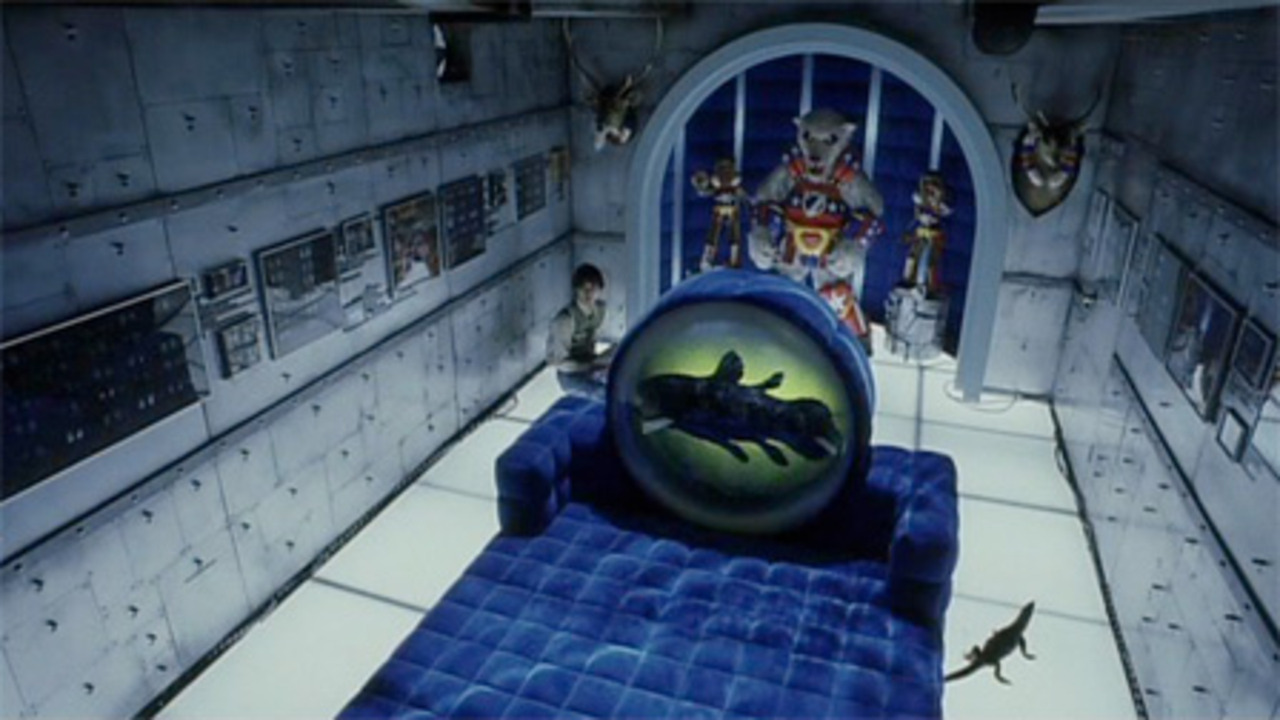
“Party 7” is another preposterous film by one of the contemporary masters of the genre, who, once more, adapts a manga in a nonsensical fashion.
The film takes place almost exclusively in a hotel room, where the seven characters eventually meet.
A Yakuza named Miki has stolen a large sum from his boss and currently tries to hide in a hotel. However, his ex-girlfriend Kana discovers him and asks for the money he owes, only to disclose after awhile that she needs the money for her boyfriend, a nerdy person named Todohira, who also appears in the hotel.
Miki’s comrade Sonoda also finds him, as he is tasked by their boss to retrieve the money. In another room, Captain Banana and Okita peep at the whole proceedings. Lastly, Wakagashira, a peculiar assassin with a fetish for plastic model kits, also enters the scene frustrated by Sonoda, who stole his car.
Katsuhito Ishii directs a film about seven anime-archetypical characters, whose coexistence in the same room results in paranoia, violence and much laughter mixed with some sexiness, in true manga-like fashion and some inspiration from Quentin Tarantino.
The film’s cast includes many cult favorites like Masatoshi Nagase, Tadanobu Asano, and the always peculiarly magnificent Tatsuya Gashuin, all of whom portray the characters with matching preposterousness.